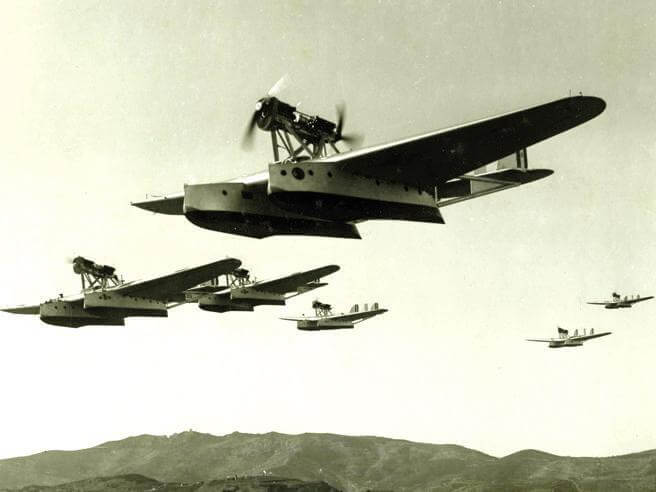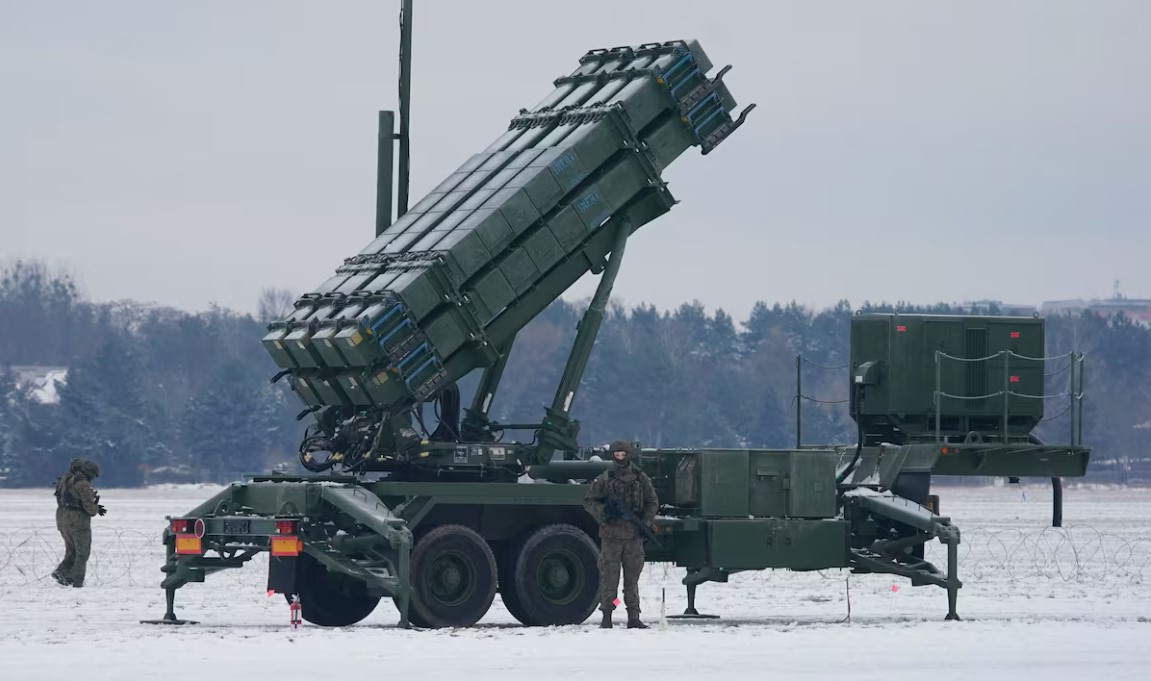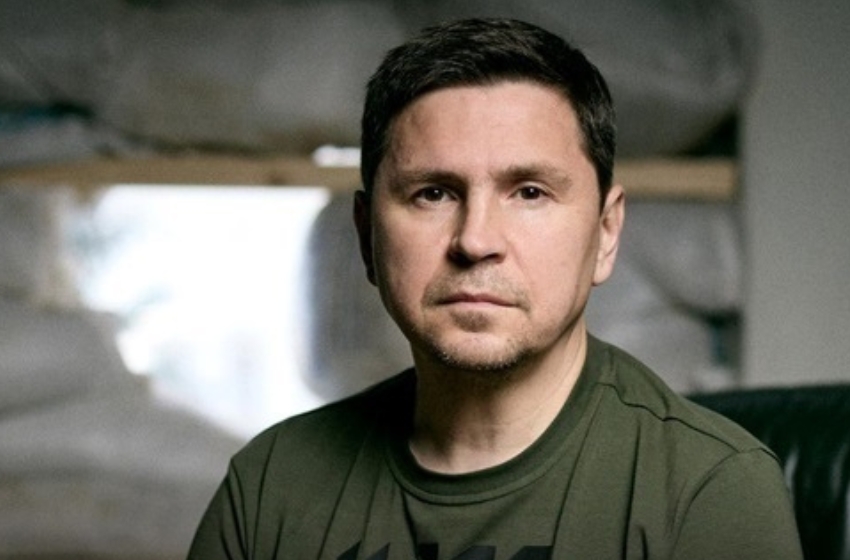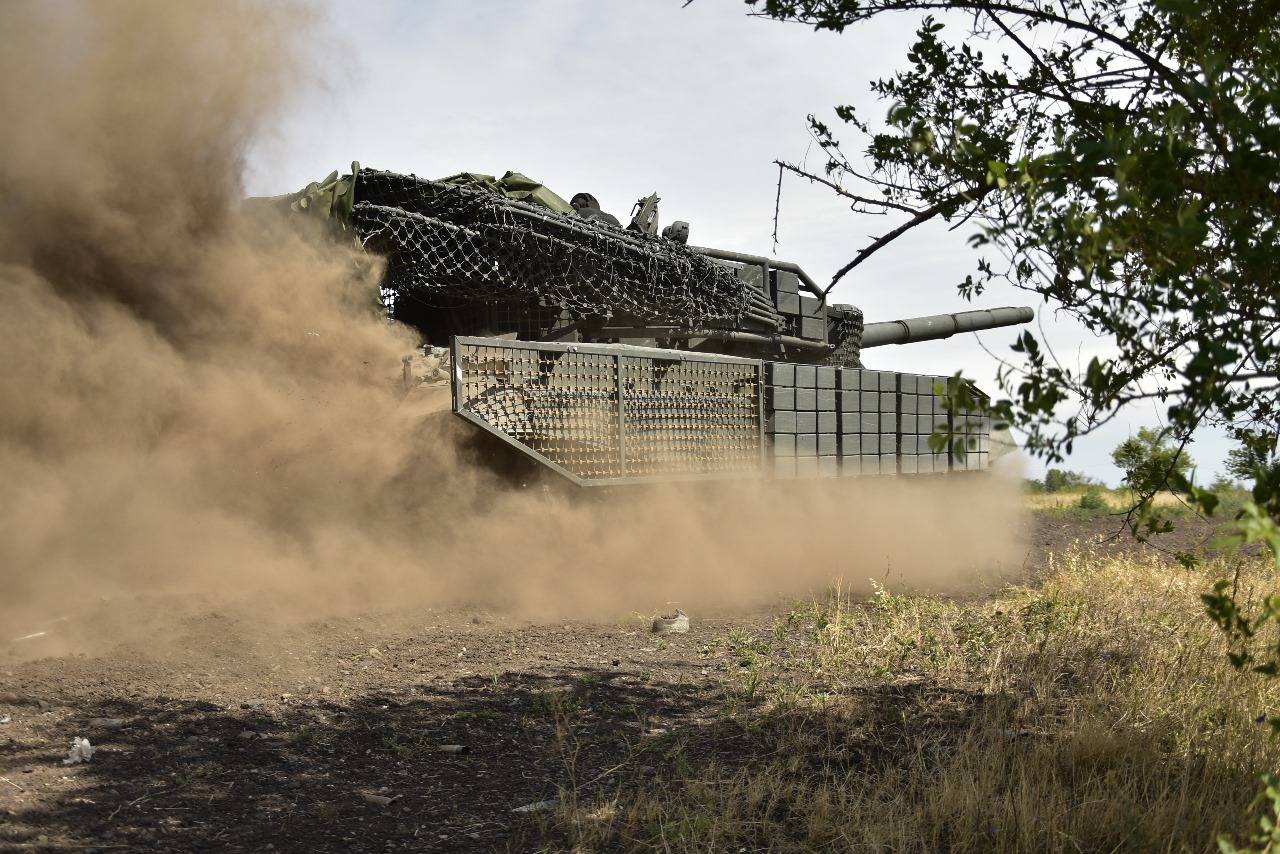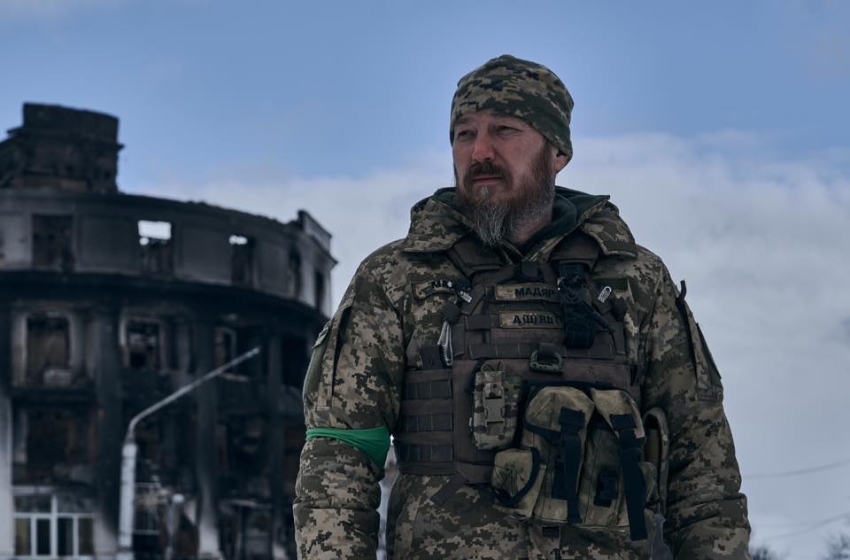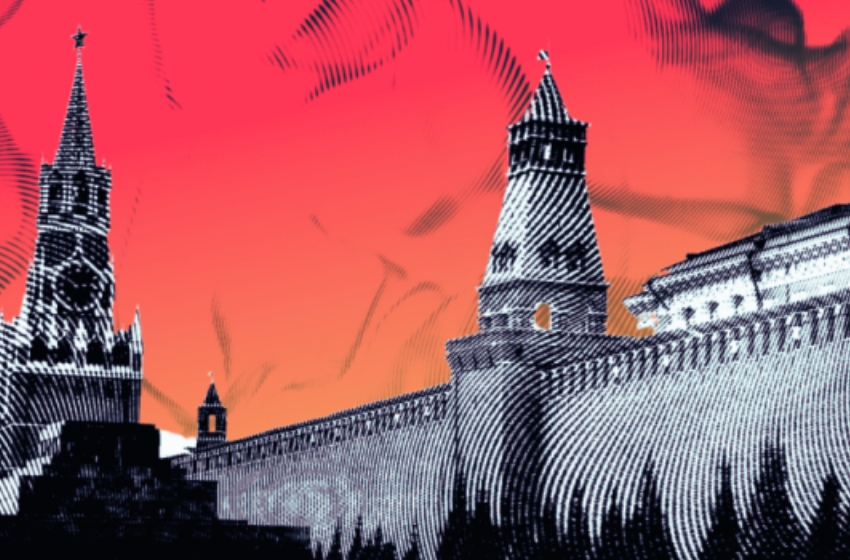A sensational visit by a squadron of 33 hydroplanes, in June 1929, guided by the Italian star of aviation, was later concealed by Soviet official history.

Italo Balbo, the legendary Italian aviator, who crossed in 1933 the Atlantic Ocean with a squadron of 25 airplanes flying over Chicago during the World's Fair (there is still a "Balbo Avenue" in Chicago to celebrate that event) and New York, in 1929 had previously flown over the Black Sea, reaching Odessa.
The air cruise to the Black Sea was sensational, because it was the beginning of the modern aviation era and the arrival of an Italian squadron of 33 hydroplanes at that time was quite impressive.
Oddly, there are no landmarks or historical traces of the event in Odessa. Probably, the enthusiastic reception offered to a fascist leader by the local soviet authorities had to be later hidden and forgotten, because of WWII and the ideological embarrassment. Fortunately, Italo Balbo wrote a book: "From Rome to Odessa", with the detailed story of his journey.
Italo Balbo was the Italian Minister of Aviation and became a legend due to his long distance flights, which were a propaganda tool for the new fascist regime, but also a promotion of the Italian aircrafts abroad. Italian aircraft industry was cutting-edge at the time, especially in the hydroplane segment. Few countries, at the time, had developed a network of land airports; therefore, the use of lakes or seas was very convenient. Balbo's air cruises were four: Western Mediterranean (Spain, Portugal), Eastern Mediterranean (Black Sea), South Atlantic (Brasil), North Atlantic (Canada, USA).

The chosen route plan for the Eastern Mediterranean cruise, which took place at the beginning of June 1929, was: Taranto, Athens, Istanbul, Varna, Smirne and way back to Orbetello, totalling 5.300 km. Initially, Odessa was not included. It is interesting to know how the inclusion of the stop at Odessa occurred. In fact, the Soviet Union was supposed to welcome a foreign armed force on its territory, belonging to a fascist state. Theoretically, an ideological enemy of communism.
One day, the Soviet Embassy in Rome organised a reception at in honour of the Prof. Rudolf Samoilovich and the pilot Boris Chukhnovsky, the heroes of the expedition of the icebreaker “Krassinâ€, which rescued the survivors of the dirigible “Italiaâ€, crashed on its mission to the Artic Pole, on May 1928. Italo Balbo was present at the event and saw the Soviet pilot fraternising with the Italian colleagues. He decided to propose the Soviet Ambassador Kruski to include Odessa in the route of his air cruise. Later, Balbo obtained the approval of Mussolini, as well.

For the long distance flight, Balbo created a formation of 33 hydroplanes. New radio stations designed by the Navy were installed on the aircraft. The squadron transported more than 100 people: pilots, engineers, radio operators, journalists and representatives of the Italian Armed Forces.
The mission included a naval escort on the route, made up of a patrol ship and four destroyers, with important technical and logistical support tasks: repair equipment and spare parts on board for the aircraft technical personnel, rescue aircrafts forced to ditch offshore, function as a link in radio links over long distances and as meteorological observers.
On the 8th of June, 1929, the Italian formation, flying from Varna, stepped ashore on the small lake Khadgibeisky-Liman, North of Odessa, where the local authorities had expressly built a new wharf for the hydroplanes. The Soviet local authorities received Italo Balbo like a head of state, with a military review and a band playing the “Socialist International anthem†and the “Royal March†for the Italian visitors. Among the soviet hosts: the Colonel Pyotr Baranov, Chief of the Air Force of the Red Army, the First Secretary of the Odessa Soviet Alexejenko and the Head of Air Forces of the Black Sea Lavorov.

For the occasion, the Soviets had erected a triumphal arch, repaired the roads and confiscated all the cars of the region to carry the prestigious guests. The big group was hosted in the Hotel Europa, today's “Londonskayaâ€, the oldest hotel of Odessa, refurbished for the occasion, where they even provided baked white bread (very scarce in the city).
During the two days of stay in Odessa, the local population showed growing sympathy for the unusual visitors, besieging the hotels where Italian aviators were staying. The Soviet government representatives organised many receptions for the Italian delegation.
Balbo wrote a curious anecdote in his book. At an official lunch the Italian dignitary Teruzzi commented on the comparative lack of bloodshed during the fascist revolution. “Why had the Bolsheviks shed so much blood?†he asked. A Soviet general named Zarzar replied calmly, “Very simple. The reason is this: we are not vegetariansâ€. Balbo wrote: “the reply made our blood run cold. What a strange vision of life these Russians have!â€
The local military officers showed a lot of interest in Italian aviation's achievements. A committee of ten Soviet generals carefully observed the Italian aircrafts. Further to the air cruise, the Soviet Union ordered thirty S55 models and bought the building license.
When the expedition departed, the authorities unexpectedly lifted the ban on flying over the city, and the Italian formation circled Odessa three times before proceeding towards its destination. The Eastern Mediterranean air cruise was very important in the preparation of the subsequent Atlantic cruises. It was a test of the hydroplanes' performance and the training achieved by the Air Force personnel.
[gallery]
Further to the international fame and prestige acquired by Italo Balbo for his aviation achievements, Mussolini became jealous and worried that Balbo could steal the spotlights. Therefore, he sent his charismatic minister to a political exile in Libya as a Governor of the Italian colony, where Balbo died in an airplane crash at the outbreak of the war.
On the other side, most of the Soviet dignitaries who met Balbo were later executed during the Stalin’s purges, including Rudolf Samoilovich, the head of the rescue expedition of the icebreaker “Krassinâ€.









